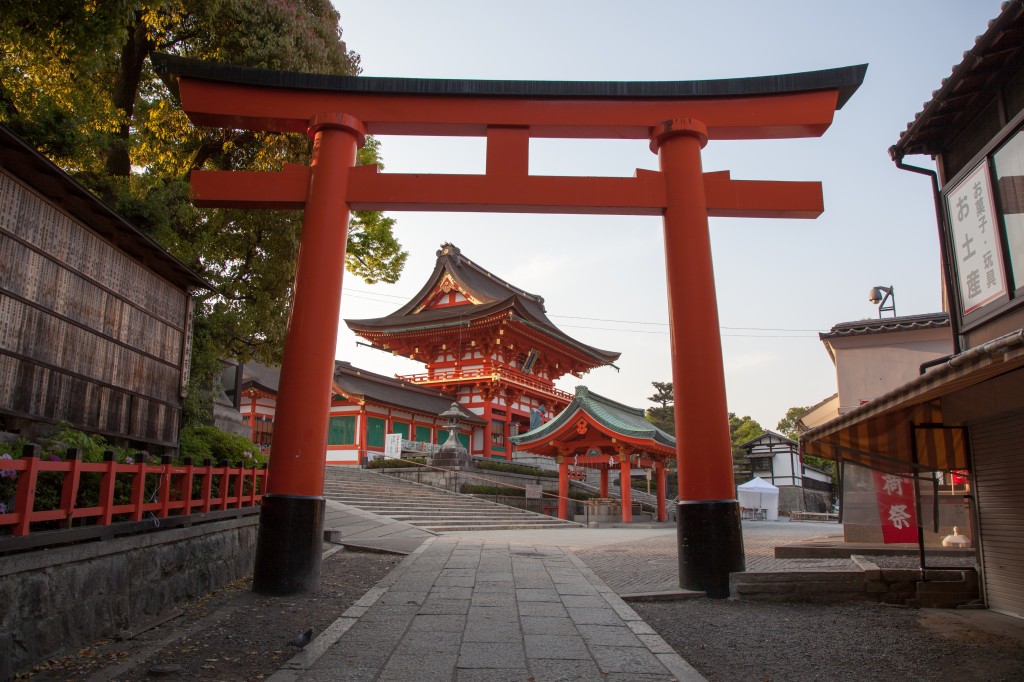Day trip to Nara
On my last full day in Kyoto, I decided to head south and take a day trip to Nara, a small city famous for it’s temples. But I wasn’t really there for the temples. In fact, I didn’t really see them at all. Instead, I went…
Full-time engineer, part-time traveler
On my last full day in Kyoto, I decided to head south and take a day trip to Nara, a small city famous for it’s temples. But I wasn’t really there for the temples. In fact, I didn’t really see them at all. Instead, I went…
The end of my trip was pretty busy and I didn’t get a chance to make new posts. I’m back in Fussa now and will post updates this week. On another rainy afternoon in Kyoto, I went to visit a couple temples. Rather than walk from the train station…
This Shinto shrine sits at the base of a mountain and is dedicated to Inari – the god/spirit of rice. It’s relatively large and without an admission gate, it’s free and open 24/7. Like the bamboo forest, I decided to come here on two separate days.

The site was larger than I expected. To hike from to the top would take around 1.5 hours, probably more if you’re carrying too much camera gear. Being short on time, I went about 3/4 of the way.
Foxes are said to be the messenger of Inari and this shrine is full of them. They are often showed in pairs with the one holding a cylindrical object which represents the key to the rice storehouse.[1]
The shrine is probably most famous for it’s torii gate tunnel. The gates are symbolic of the transition to a sacred place.
Each torii is sponsored by an individual or organization. Their name is painted on the left side and the purchase date on the right. Each torii is made of wood and have to be replaced every 5-6 years due to the wet seasons. The cost for the larger ones can reach ~$10,000 each.
Like the bamboo forest, this was on my list of must-photograph places in Japan and I’m happy with my results.